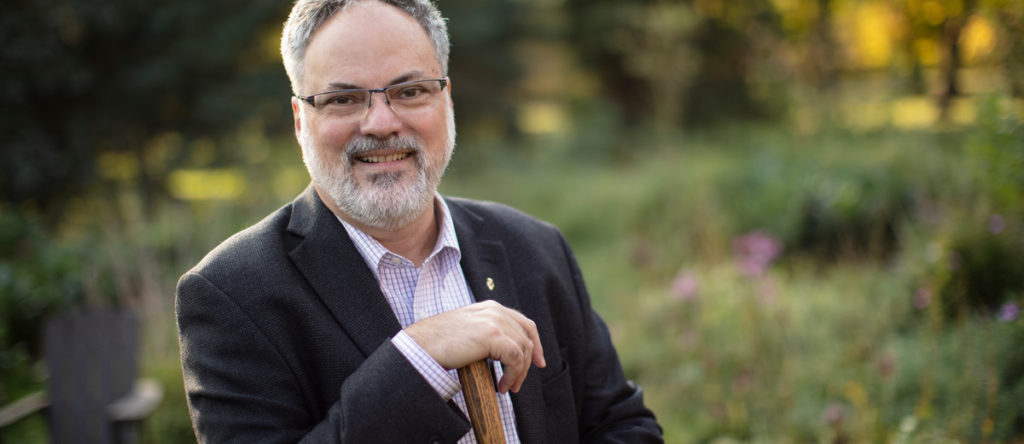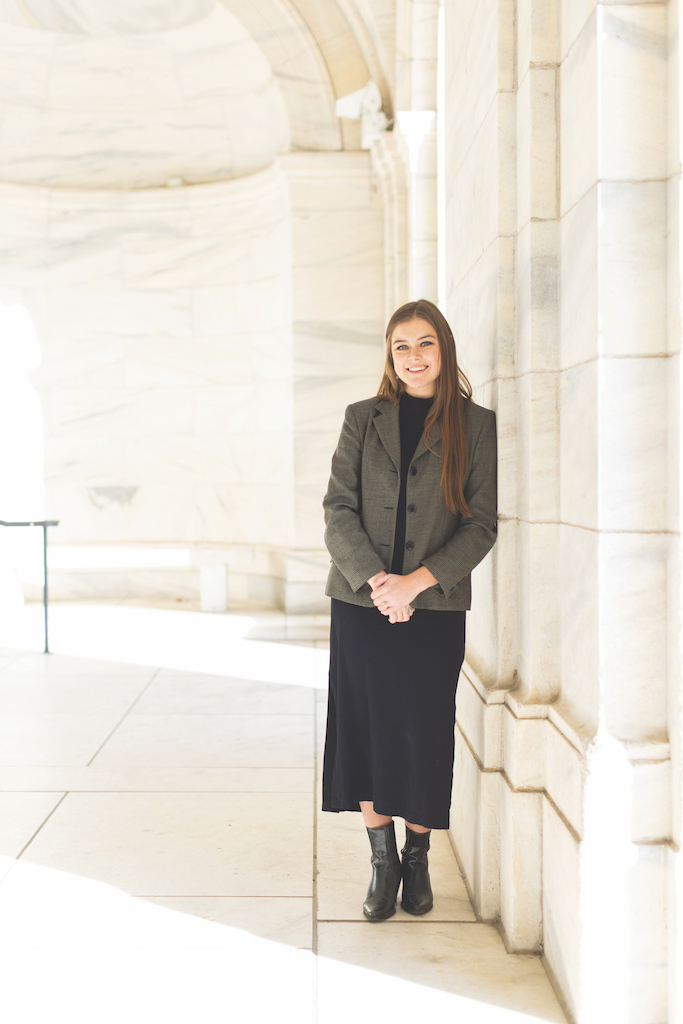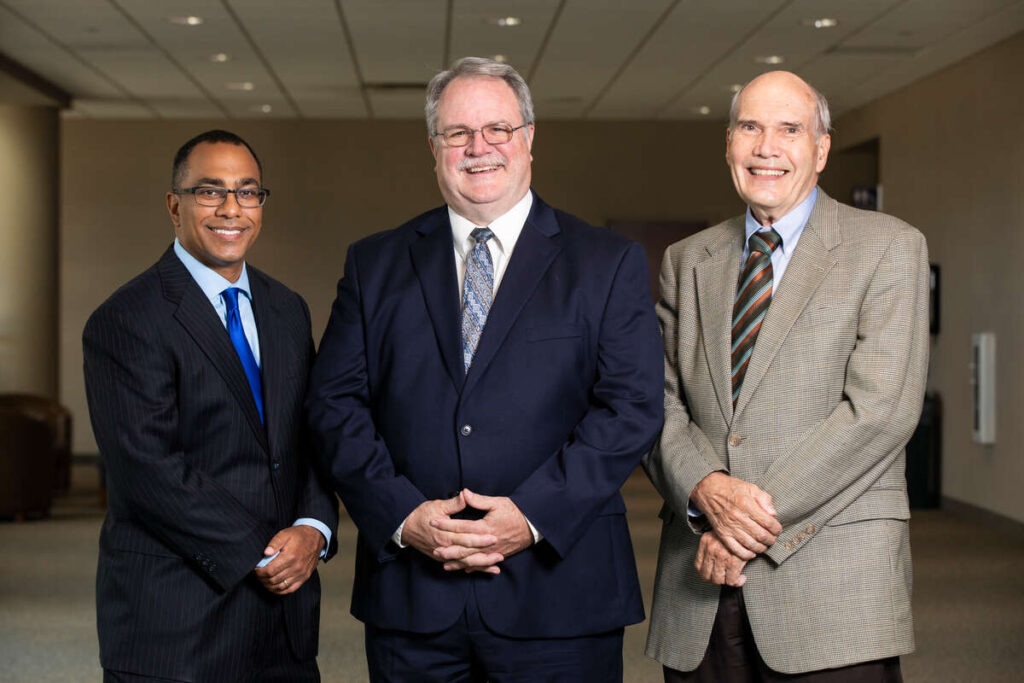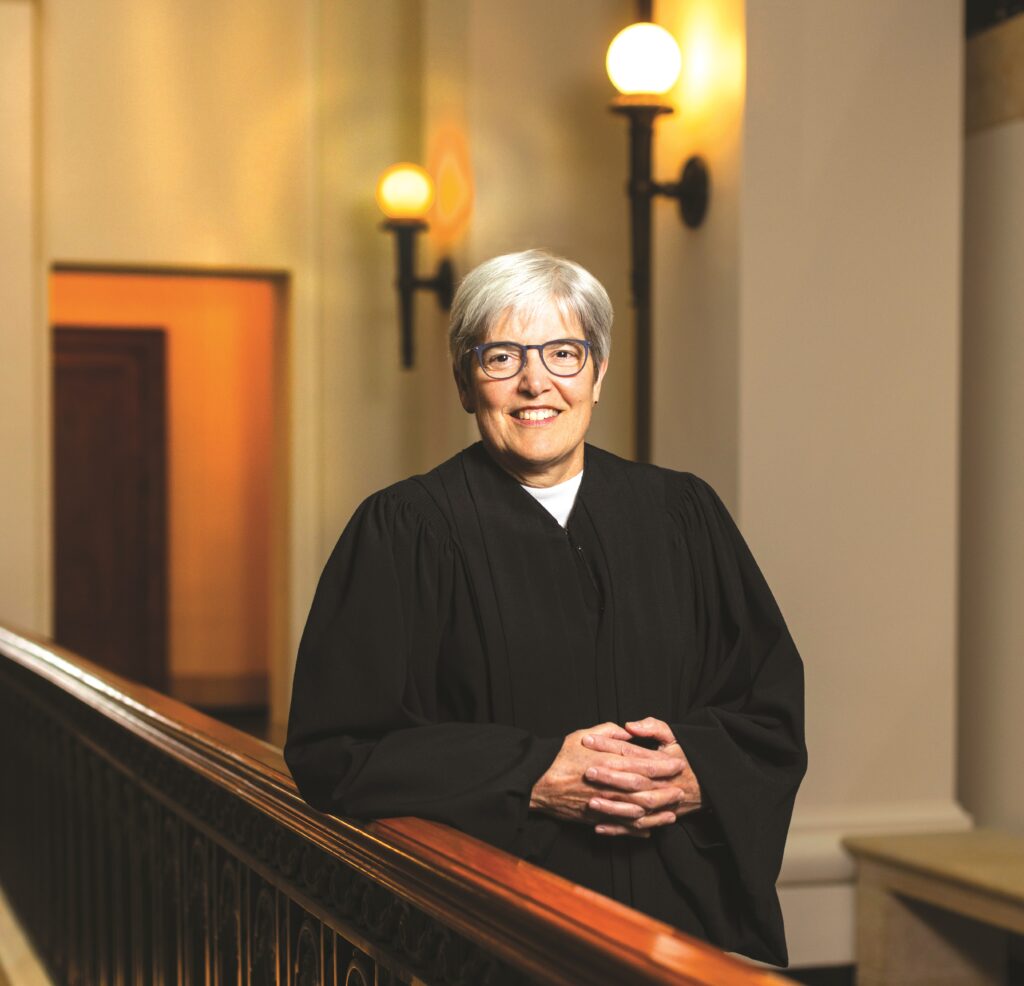Eric Palmer ’07 J.D. started at St. Thomas Law in 2004, when students who owned a laptop computer used an ethernet cable to connect to the internet. Computerized exam software launched that fall, but only a fraction of already-anxious law students was brave enough to trust it to successfully save their answers. The BlackBerry dominated the smart phone market when Palmer graduated in 2007, with the iPhone introduced just one month later.
Technology has evolved precipitously in the intervening dozen years, as has the legal community’s increasing awareness of the overlap between artificial intelligence (AI) and the law. New technology brings with it new legal solutions, such as intuitive research tools and super-efficient electronic discovery, but also new challenges, such as determining the assignment of liability when a self-driving car malfunctions.
In 2012, the American Bar Association modified its Model Rules to require lawyers to stay abreast of changes in the law and its practice, including the benefits and risks associated with relevant technology. The following St. Thomas lawyers are thinking critically about the legal risks and rewards presented by new technology.
Liability in self-driving cars
Palmer, a partner at Meshbesher & Spence, and Kyle Willems ’13 J.D. of Bassford Remele – both personal injury litigators – are leading Minnesota’s conversation about the future of motor vehicle liability due to advances in connected and automated vehicle (CAV) technology. Connected vehicles use technology to communicate with the driver, other cars on the road, roadside infrastructure and the cloud. Automated vehicles operate vehicle steering, acceleration and braking without human driver input. Most vehicles on the road today have some level of CAV technology, for example, rearview cameras that guide drivers into parking spots. Luxury vehicles are adding lane-keeping, object- and traffic-distancing, as well as speed-management features that respond to the immediate environment.
Willems predicted a “slow but steady transition from total driver control to zero driver control.” He listed the benefits of self-driving vehicles: peaceful rush-hour commutes and the elimination of accidents due to drunk driving, medical emergency and recklessness. Yet, Willems also predicted significant risks that could involve “a software bug or a rushed product that leads to fleetwide failures, resulting in thousands, or even tens of thousands, of accidents in one day.”
As we move quickly toward self-driving vehicles, the question for litigants, insurance companies and the courts is who is at fault when CAV features malfunction – the driver or the manufacturer? Palmer emphasized that from an attorney ethics and competency perspective, “Lawyers who take on cases that involve any degree of autonomous features should understand at least the basics of technology behind autonomous vehicles.” Willems added, “AI is here to stay. A prerequisite to being a great attorney is understanding and accepting the role technology plays in litigation, and then being able to use technology to the advantage of your client.”
Palmer praised St. Thomas Law’s blend of didactic and practical learning opportunities. For law students, he offered this advice: “Use technology in the classroom. Participate fully in the mentor program. Get your hands dirty. Expand your network. Learn the law, but also get busy learning technology.”
Understanding AI
Rachel Beithon ’09 J.D. enjoys researching the law, so she was thrilled when she became a reference attorney at Thomson Reuters following graduation. Her role since has expanded into training new reference attorneys and working on product development, marketing and thought leadership for new initiatives, such as Thomson Reuters’ new Westlaw Edge product.
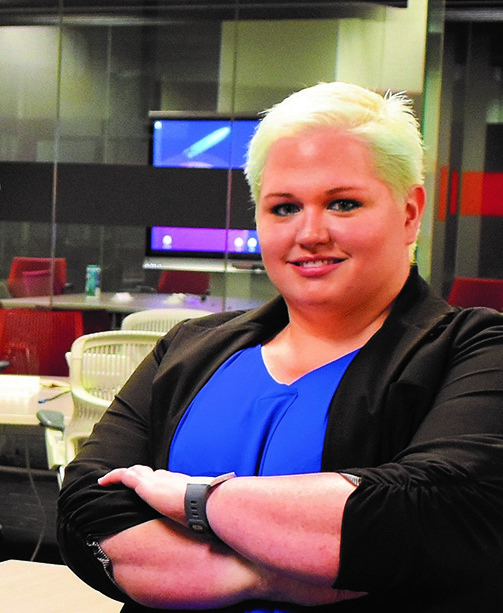 Beithon has a “robust view of how artificial intelligence, big data and analytics integrate into products that are changing the legal profession.” She observed, “Trust is crucial for artificial intelligence and its usability, so it is indispensable that I can explain to anyone how that technology works, so they can trust what they are seeing.”
Beithon has a “robust view of how artificial intelligence, big data and analytics integrate into products that are changing the legal profession.” She observed, “Trust is crucial for artificial intelligence and its usability, so it is indispensable that I can explain to anyone how that technology works, so they can trust what they are seeing.”
Beithon, like most lawyers, does not have a science or math background. She has worked hard to develop a working knowledge of AI, machine learning and data analytics to understand how those integrate into Westlaw Edge, and what that means for legal research.
Will computers replace human lawyers? No. “Most of legal practice is not about simple queries, but about complex issues and reasoning that allow us to provide the best representation and advice to our clients. The work that lawyers should be doing is the type of strategy, deduction and argumentation that doesn’t lend itself to an algorithm. AI does a great job ‘thinking’ horizontally and vertically, but it needs a pattern to identify a succinct answer. As AI improves, lawyers become more important because their creative faculties are necessary to the complicated world of law.
For current and future lawyers, Beithon offered, “You certainly do not need to be an expert in AI or machine learning, but knowing what it is, and why it can benefit you and your client will make you a better attorney.”
Computer forensic services
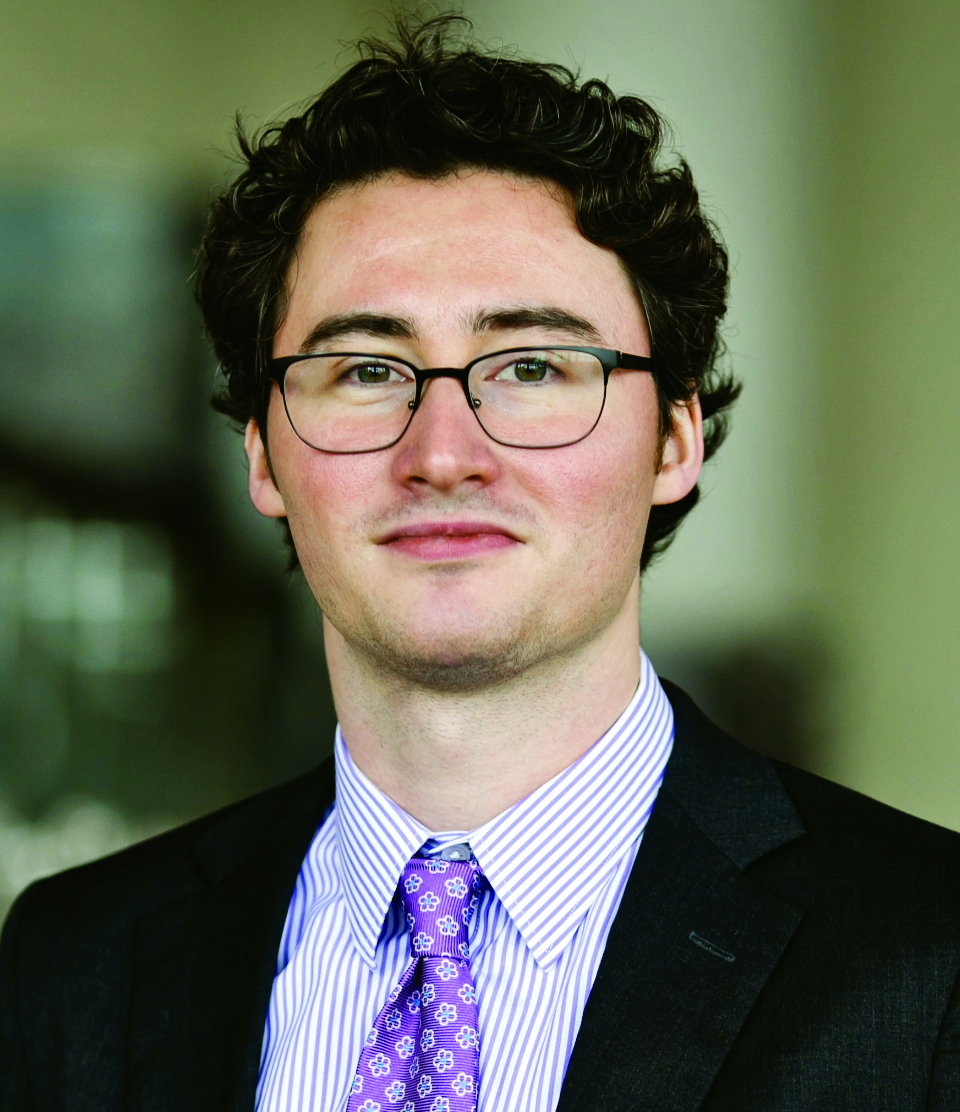 When Sean Lanterman ’14 B.A., ’18 J.D. was 8 years old, his father gave him a box of computer parts and said, “Here, try building this.” Lanterman put it together, and to his surprise, it worked. Thus began his curiosity about technology.
When Sean Lanterman ’14 B.A., ’18 J.D. was 8 years old, his father gave him a box of computer parts and said, “Here, try building this.” Lanterman put it together, and to his surprise, it worked. Thus began his curiosity about technology.
His father, Mark, was particularly influential in his professional development. Mark was a member of the U.S. Secret Service Electronic Crimes Taskforce before moving into the private sector as the chief technology officer of Computer Forensic Services, LLC. In college, Lanterman saved up to take summer courses to become certified in computer forensics and cybersecurity. He wanted to work at Computer Forensic Services, but did not want to be labeled the “boss’ son,” so he applied for an internship under a false name and was hired on his own merit.
Now, a decade later, Lanterman has participated in more than 1,000 cases involving digital evidence, including high-profile civil and criminal litigation and data breaches.
“I help people and corporations involved in lawsuits, accused of crimes, or facing data breaches learn facts that are impartially stored on smartphones, computers and other electronic devices. Computers are the ultimate impartial record keepers. In civil litigation, that means that it can be used as a tool to prove a case. In the criminal context, it means that defendants have evidence that could be used against them in court, or, in about 10-15% of cases I have worked on, exonerate them.”
Lanterman finds AI to be particularly useful in compliance. “AI can account for the various laws (especially privacy laws), rules, regulations, both in the U.S. and abroad, that most corporations have to comply with.”
When asked about his legal education, Lanterman offered, “I was in the inaugural Coding for Lawyers class with Professor Wulf Kaal, where we were able to solve legal problems using code.” He continued, “My legal education has greatly shaped my ability to effectively communicate. There is a lot of ‘translating’ that has to happen to take technical, complex findings and relay them in a way that makes sense to a client, a court, a jury, and, of course, lawyers.”
'Alexa, design and implement a new system that organizes chaos'
When Jen Weigel ’08 J.D. began law school, she never imagined that she would become a senior program manager for Alexa Voice Service at Amazon. With a background in corporate accounting, she planned to be a tax attorney. One summer at a tax firm was enough for her. She went on to clerk for the Minnesota Court of Appeals following law school, and then moved into a J.D.-required role at Thomson Reuters as a project manager for attorney websites.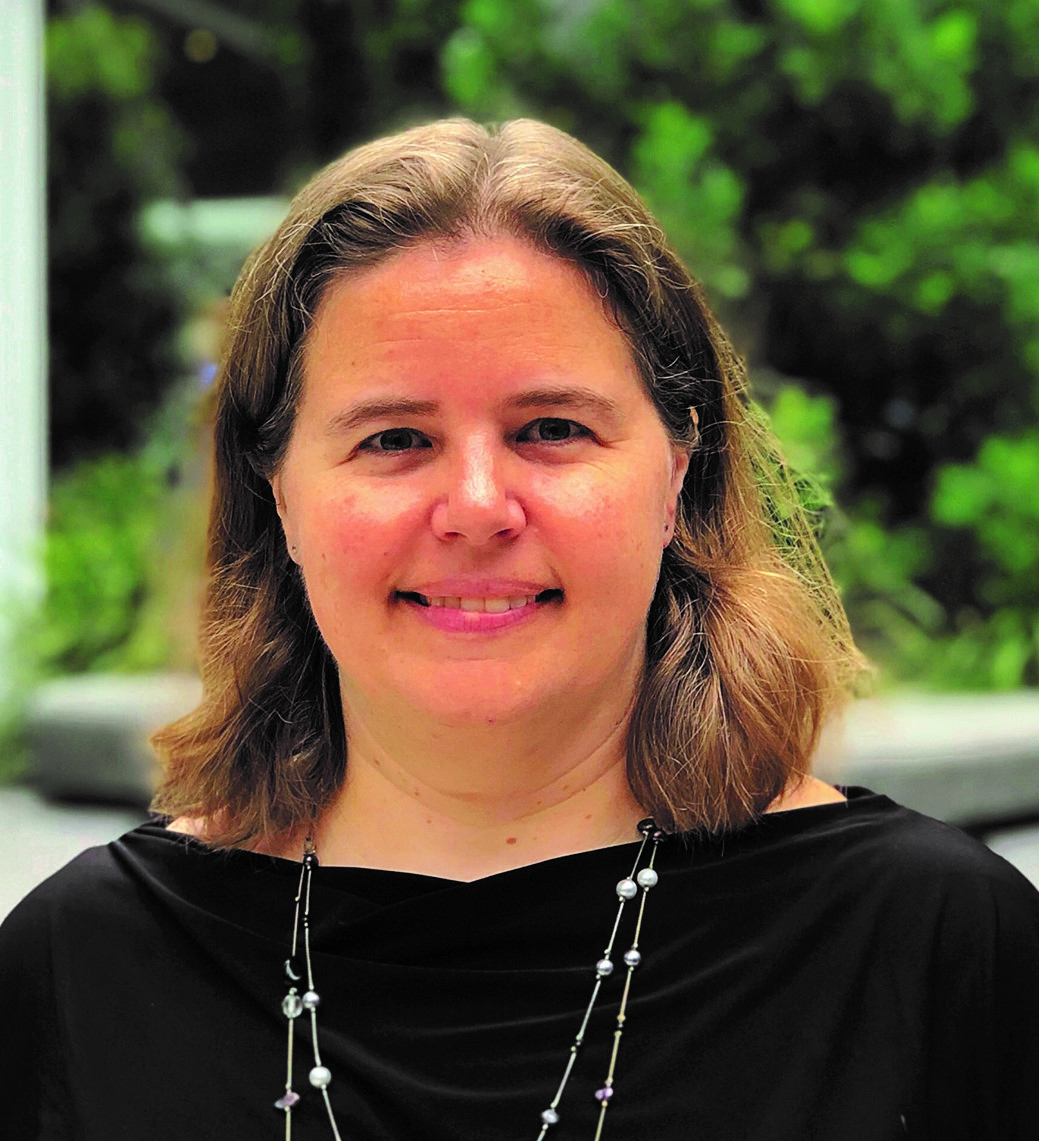
She said, “We were just on the cusp of websites, blogs, and social media as an advertising media, and I quickly learned about the growing digital marketing business.”
After eight years and eight roles at Thomson Reuters, Weigel discovered that she loves being a builder: “I like to design and implement new processes and systems that organize chaos.” In 2017, she took a job as a global expansion manager at Amazon Web Services (AWS) “building an application that streamlined the legal entity creation process for AWS – coordination of data points and risk mitigation across AWS, finance, legal, accounting, treasury and financial systems when looking at new country expansions.”
She then transitioned to Amazon Alexa, where her focus is building the program framework to make it easier for third parties to find the resources they need to integrate Alexa into their own devices.
For law students and recent graduates, Weigel offers a practical pointer straight from her desk: “Alexa Blueprints are basically templates that make it easy for you to create your own skills. When they released the Flashcard and Quiz blueprints, my first thought was, ‘Where was this when I was studying for the bar?’ Rather than writing out flashcards, I could’ve input everything into the blueprint and had Alexa quiz me. Had it been available, I would’ve used Alexa to help me study back in law school.”
Our alumni have come a long way since ethernet cables and Blackberry devices.

